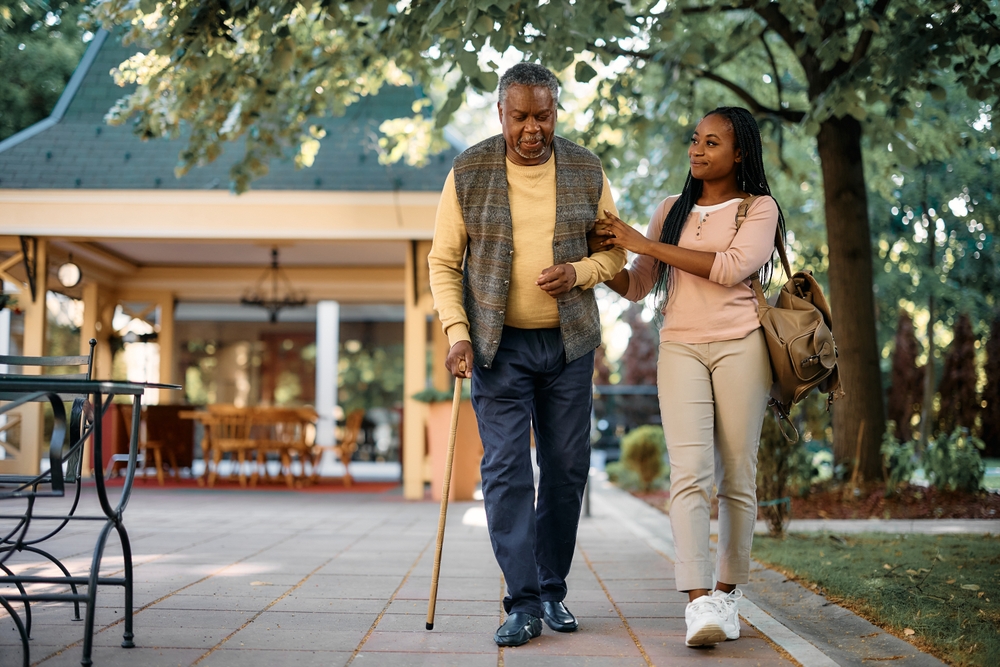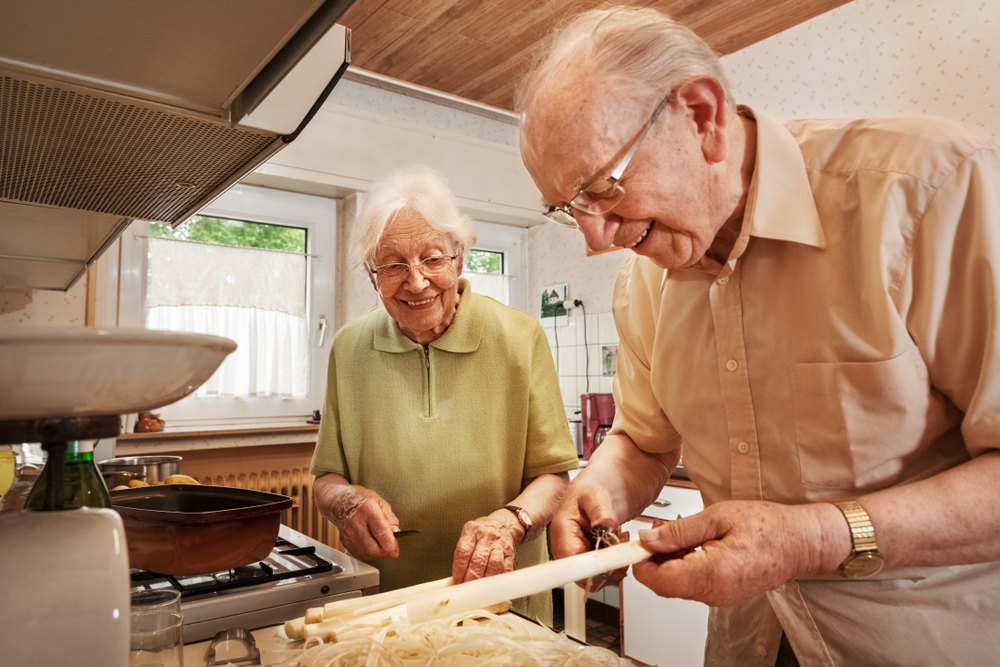Recurrent Falls in Elderly Adults

Falls by older adults can be concerning, especially when they happen on a recurring basis. But why do the elderly experience falls more often than other adults? What are the possible causes of falls? How do you help an elderly parent who keeps falling? In this post, we’ll review what to do when an elderly person falls and answer other questions related to recurrent falls.
What Causes the Elderly To Experience Recurring Falls?
Causes of recurrent falls in the elderly include:
-
Eyesight, hearing, and reflex decline
-
Foot problems or unsafe footwear
-
Medication side effects, such as dizziness or confusion
-
Safety hazards in the home, such as clutter and/or tripping hazards
-
Incontinence or other issues that may cause rushed movement to the bathroom
-
Health conditions such as heart disease, diabetes, thyroid problems, osteoporosis or issues with nerves, feet, or blood vessels
-
Mild cognitive impairment or certain types of dementia
-
Blood pressure problems, such as dropping blood pressure when getting up from lying down or sitting (postural hypotension)
-
Age-related loss of muscle mass (sarcopenia)
-
Balance and gait issues
-
Alcohol consumption
-
Calcium and vitamin D deficiency.
What Are Some Consequences of Falls In the Elderly?
Elderly deterioration after falls is relatively common. Following are some possible consequences of these falls:
-
Soft tissue injuries (e.g., bruises, sprains, strains)
-
Fractured or broken bones
-
Traumatic brain injury (TBI)
-
Hospitalization, even from seemingly minor injuries
-
Psychological impact (e.g. fearing that you may fall again)
-
Changes in activities of daily living, resulting in a reluctance to leave home
-
Social isolation, increasing the potential for depression, delirium, and/or dementia
Now that we know more about the harmful consequences of falls, let’s review some steps that can improve safety and reduce the risk of falls.
Download Our FREE Guide to Home Safety
How Can I Help Reduce Fall Risks?
Proper safety is paramount to prevent falls. There are several ways to minimize the risks that contribute to recurrent falls:
-
Install safety equipment around the home. Grab bars, nightlights, and non-slip mats in bathrooms can improve safety at home.
-
Perform balance and strength exercises. Chair yoga or the use of a small pedal while sitting in a chair can improve balance. Check with a doctor or physical therapist before beginning any exercise program.
-
Work with a professional caregiver. Hired professionals can provide a proper home safety assessment and provide another set of eyes on your loved one.They can also ensure older adults take prescribed medication as directed.
-
Wear proper footwear. Non-skid, rubber-soled, low-heeled shoes are comfortable and safer than flip flops, sandals, or heels.
-
Use assistive devices. Canes or walkers are supportive devices to help elderly adults with balance concerns. Consult a health care provider, physical therapist, or occupational therapist to ensure these items are safe and appropriate to use.
-
Take extra caution during inclement weather. Avoid slippery sidewalks and when possible, stay indoors.
-
Get proper sleep. Tired or fatigued older adults are more likely to fall.
-
Be aware of medication side effects. If a medication is making you dizzy or tired, inform your doctor or pharmacist.
While recurrent falls are more common with the elderly, the steps outlined here can improve safety and help reduce the number of recurring falls your elderly loved ones may experience.
Subscribe
Date: 2024-01-30

